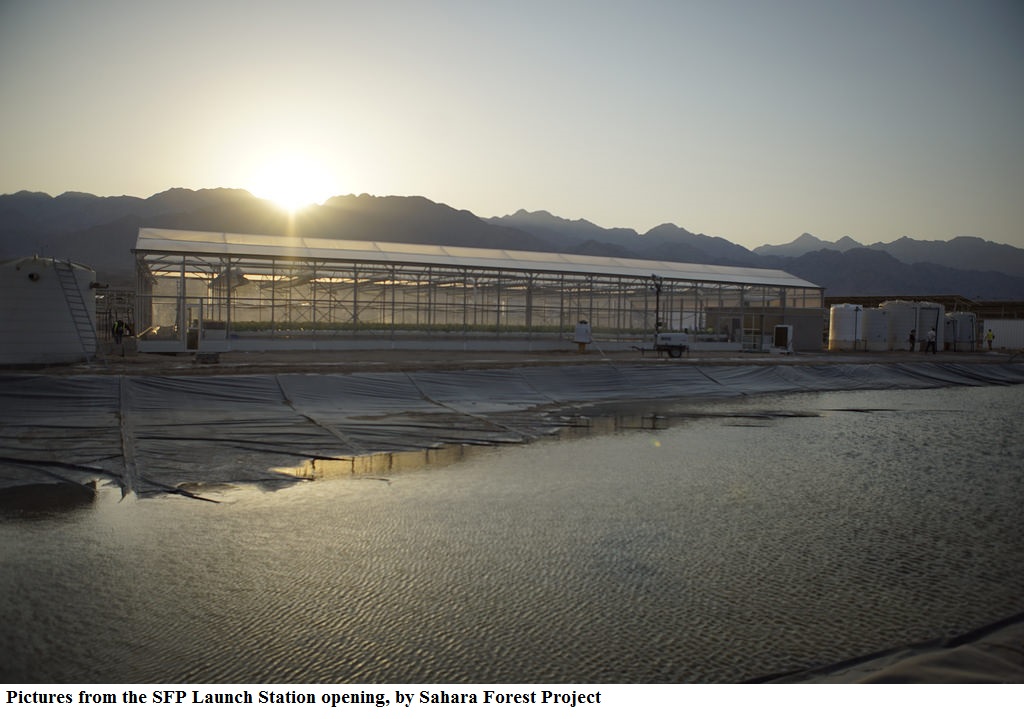Jordan seeking to become an oasis of water-saving technology

Using seawater to produce crops with clean energy. Last week Jordan launched a project using seawater to produce crops with clean energy. A unique 3 hectare facility located outside the Jordanian port city Aqaba will use seawater to cool greenhouses and a solar-powered plant then desalinates the water for irrigation. The project, inaugurated on 7 September by Jordan's King Abdullah II and Crown Prince Haakon of Norway will produce 130 tons of vegetables a year and 10,000 liters of freshwater a day. Funding of $ 3.7 million has been provided by Norway, as part of the Sahara Forest Project (SFP), a private limited liability company, aiming to create profitable innovation and environmental solutions within the food, water and energy sector.
Jordan is the fourth driest country on Earth and one of the world’s most water-poor nations. Pressure on water supplies has been exacerbated by population growth, economic development and dramatic increases in irrigated farming. In 1946, a Jordanian citizen could count on 3,600 cubic metres of water a year, while today the pro-capita supply has dropped to 145 cubic metres a year. This puts the country far below the level of “absolute scarcity“, which according to the United Nations, is set at 500 cubic metres per person per year.
The number of droughts in Jordan could double by 2100 as a result of climate change. Under a scenario without global efforts to reduce greenhouse gas emissions, scientists have calculated that Jordan could experience a 30% decline in winter rainfall and a 4.5C rise in annual average temperatures. The flow from Jordan’s most important river could fall by 75% and droughts are likely to become more frequent and more severe. By 2100, extreme rainfall deficit would be experienced in 50% of years, a a precursor of severe drought. On the other hand, under an “optimistic” scenario, with atmospheric concentrations of CO2 stabilising around the middle of this century (RCP4.5), droughts are still expected to become more frequent but not necessarily more severe.
Resources: Water Demand Management in Jordan | Increasing drought in Jordan: Climate change and cascading Syrian land-use impacts on reducing transboundary flow | Press Release by Sahara Forest Project



